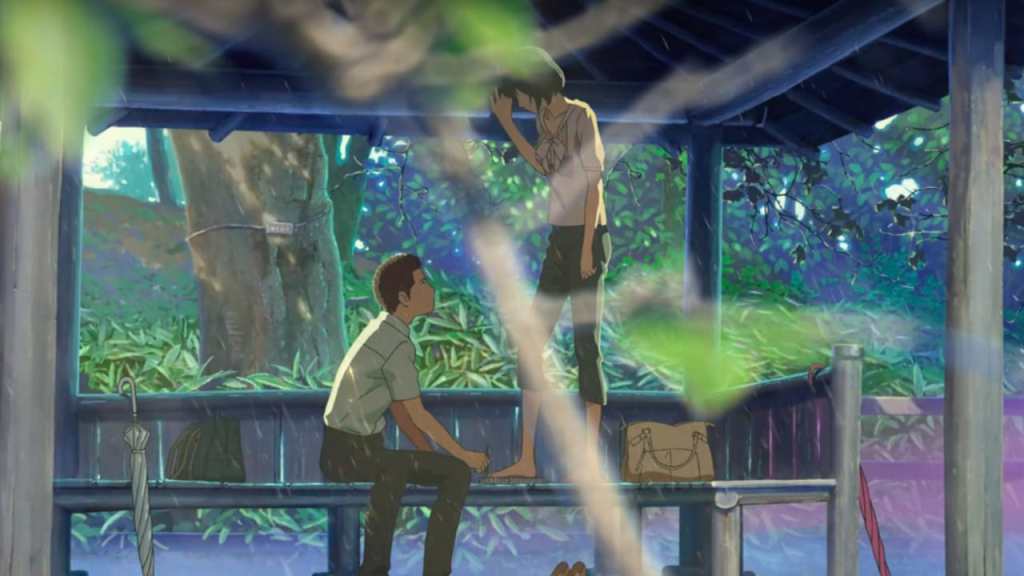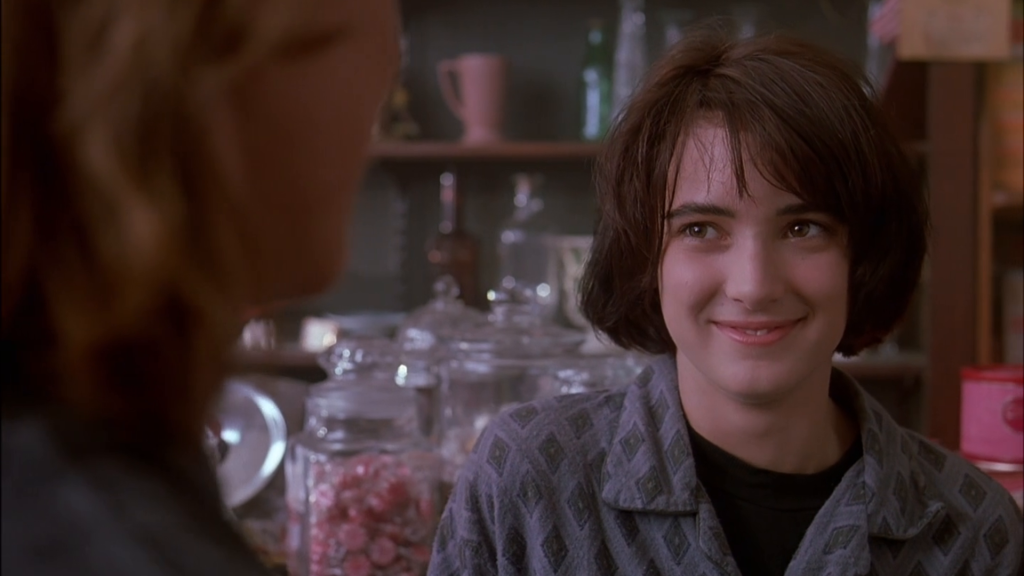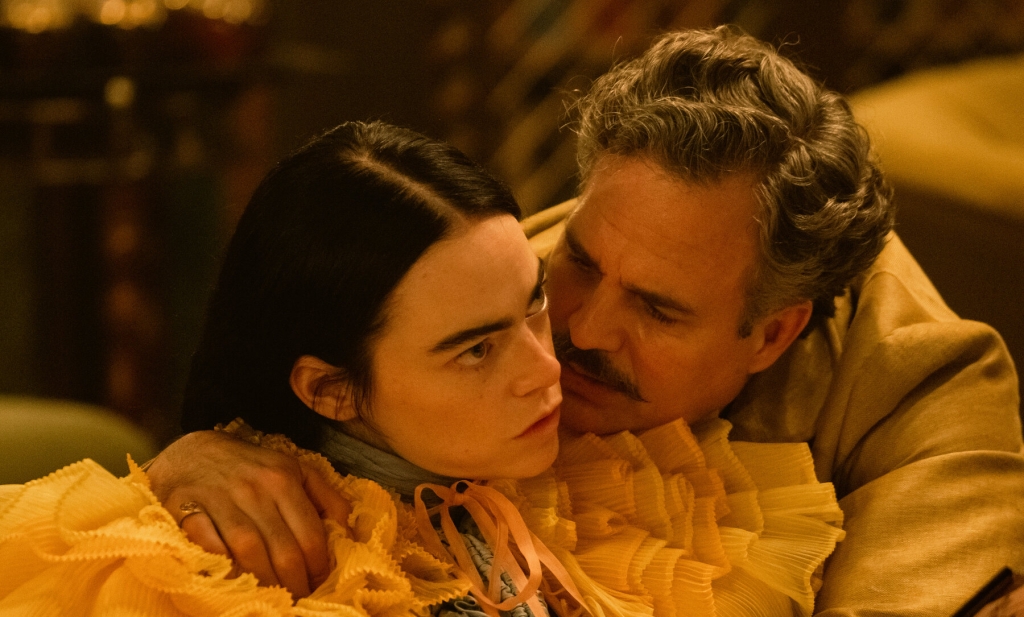 It’s the late 1960s and the Japanese film industry is in serious trouble. Audiences are drifting away en masse, tempted by the booming television industry or by American imports, and leaving Japanese film studios rapidly running out of income. One strategy presents itself: for feature films to offer material that is not available on television. This means two things: sex and violence. While some studios resort to producing soft-core pornographic ‘pink’ films, others dig heavily into violent and bloody crime flicks and thrillers. Director Teruo Ishii, then working for the embattled Toei Studio, comes up with the ultimate solution: why resort to just sex or violence if you can combine them in the one movie? The term for such films became ‘ero guro’, meaning both erotic and grotesque. While it predates the film form by several decades, it is Ishii who managed to spearhead an entire movement of transgressive, difficult features that continue to be made to this day.
It’s the late 1960s and the Japanese film industry is in serious trouble. Audiences are drifting away en masse, tempted by the booming television industry or by American imports, and leaving Japanese film studios rapidly running out of income. One strategy presents itself: for feature films to offer material that is not available on television. This means two things: sex and violence. While some studios resort to producing soft-core pornographic ‘pink’ films, others dig heavily into violent and bloody crime flicks and thrillers. Director Teruo Ishii, then working for the embattled Toei Studio, comes up with the ultimate solution: why resort to just sex or violence if you can combine them in the one movie? The term for such films became ‘ero guro’, meaning both erotic and grotesque. While it predates the film form by several decades, it is Ishii who managed to spearhead an entire movement of transgressive, difficult features that continue to be made to this day.
Orgies of Edo is not Ishii’s first ero guro work; that was Shogun’s Joy of Torture (1968). Within a year, however, it was a lucrative franchise for Toei and Ishii – who had formerly worked on superhero movies, prison dramas, and film noir – effectively became a full-time ero guro filmmaker.
The action is split into three, with each segment of this portmanteau dedicated to a different expression of sexual violence. In one storyline a once-chaste woman (Masumi Tachibana) is fooled into a life of prostitution by a manipulate criminal (Toyozo Yamamoto). In the next, a victim of sexual violence (Mitsuko Aoi) develops a penchant for sadomasochism while fetishizing disability and facial difference. In the final episode, an aristocrat (Asao Koike) is living a murderous life of sadism when one of his victims (Miki Obana) seems to suddenly become his perfect match.
The violence and grotesquerie that drives the film gets more pronounced and shocking as the film goes on. The film begins with sexual intercourse gained by deception, but soon progresses to sexual assault by little people, facial mutilation, half-naked women being gored by angry bulls, and finally a murderous act of caesarian childbirth. It is all presented in lurid colour, and all of the costume and set work one would expect of a Japanese period film.
It is easy to recognise how such a genre of film came to prominence. It seems a little harder to comprehend precisely why ero guro became so successful. After all, lurid scenes of rape and other violence against women instinctively sound odious at best – at worst it makes a sensible sort of mind consider phoning the police.
Of course there is a sense of catharsis to be had, using the vicarious thrill of watching something difficult or unpleasant to simulate experiencing it for real. Just as so many people will rubber-neck a car crash as they drive by, ero guro appeals to our sense of dark play – to see something awful without the risk of going through it personally. Most horror films operate in a similar fashion; the only difference is that Ishii makes the horror queasily sexual at the same time as it is violent or frightening. Anyone who watched one of Hollywood’s erotic thrillers in the 1990s – Basic Instinct, Sliver, Poison Ivy, et al – has already engaged in the same viewing behaviours. Ishii simply pushes it to a greater extreme.
It is also worth noting some degree of female autonomy in the film’s three narratives. Ochise in the second story engages in sexual acts as a means of controlling her own fate. Mitsu (Obana) does not simply play victim to her lord’s sadism but actively encourages it. The behaviour expressed throughout Orgies of Edo is much more complicated than it’s ‘sex and torture’ set-up might suggest.
This sort of sensationalism and crude titillation kept much of the Japanese film industry in business through the 1970s and into the early 1980s. It is absolutely garish and ugly stuff: regularly unpleasant to watch, difficult to digest, and yet oddly compelling at the same time. At times it even feels sharply political. Films of this kind are easily avoided, yet carry such a potency that it is worth indulging in them – even just the one time – to experience some of the limits of where narrative cinema can go.





Leave a comment